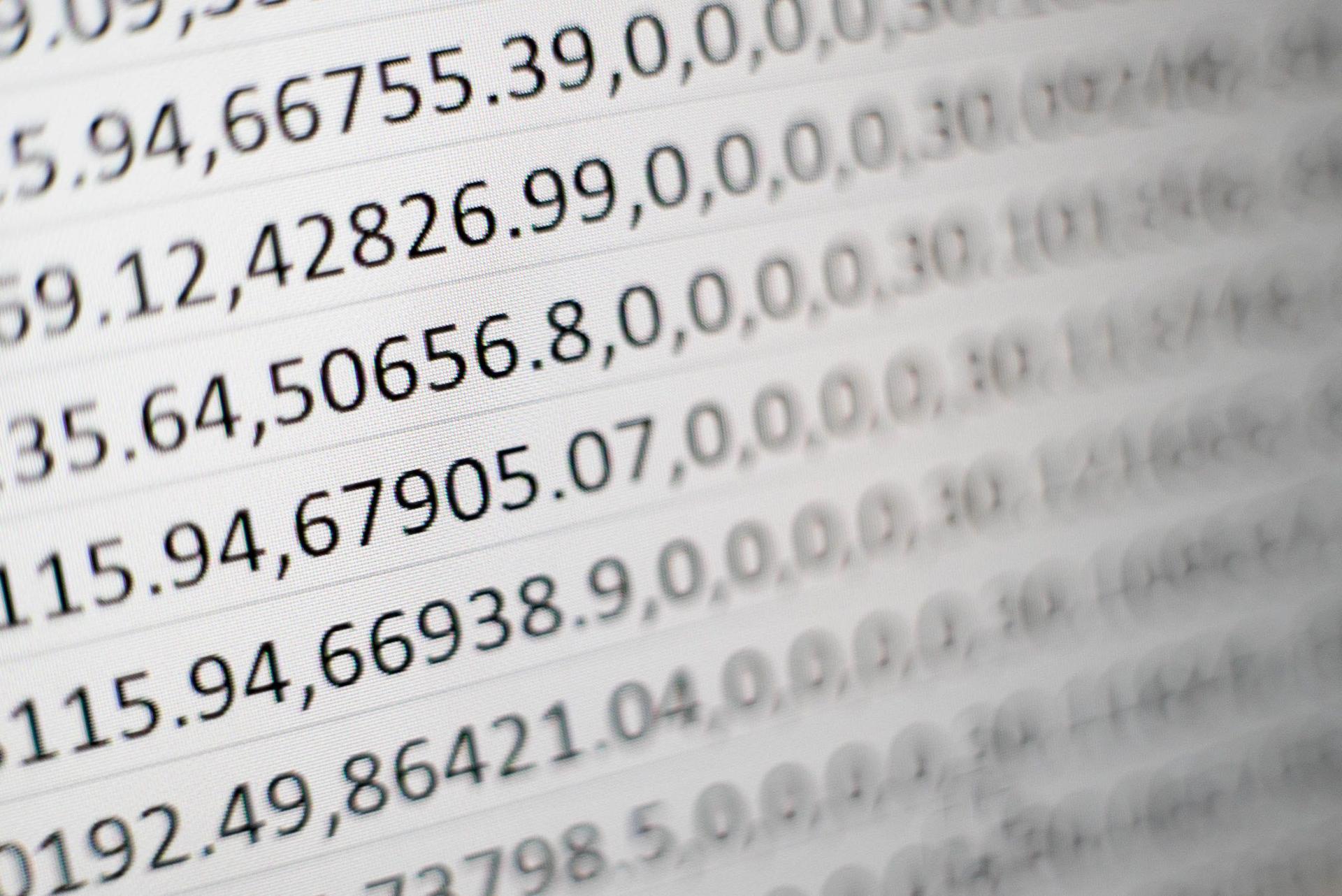Cash flow
How to use the data available in your cash flow statement
April 22, 2021

Your cash flow is your daily reality check. Your cash flow statement is the financial document which contains all your inflows and outflows from all accounts (bank and cash). Because it’s based on the actual money movements, you can rely on the cash flow statement to have a clear picture of your daily available resources.
Set up your cash flow to gain more confidence in taking important decisions about your business. These are some of the pieces of data you can pull from your cash flow and use in your day-to-day operations.
Always check your cash on hand or available balance
This represents all the money that you have in all accounts, be it bank or cash accounts. Calculate everything and make sure it’s enough to cover the expenses for the current month. If not, try to bring in more cash by converting due invoices into cash or through a loan.
Oversee the total inflows and their evolution over time
This will help to keep a better track of how you collect the cash from your invoices. Look after your sales volume from the P&L and map it with the actual transactions from the cash flow. By doing this you have an updated overview of overdue invoices and maintain a healthy cash flow. This only applies if you use the accrual method of accounting, which means that you recognise the revenues and expenses on the time they occur and not when the money changes hands.
Always keep in mind that your sales amount is just a promise until the money is actually transferred in your bank account. And you cannot pay rent and salaries with promises.
Keep an eye on your overdue invoices and try to collect as fast as possible to secure the cash for daily operations. This will positively influence your CCC (Cash Conversion Cycle) and will keep your business afloat.
Analyse the sales and inflows evolution over time and try to detect any type of seasonality that might impact the business. If, for example, you identify an inflow decrease during winter, start saving up in advance to get through the rainy days.
Also, if you spot a negative trend in sales make sure that you find the problem as soon as possible. Maybe you sell less, slower or you just forgot to invoice on time. No matter the impediment, take decisions on time to save your company.
Monitor the total outflows and their evolution over time
This represents the clearest image of the costs incurred in your commercial activity. Use categories to put everything together and don’t forget to check on a monthly basis (at least) what happened. If you see any discrepancies over time, find the problem by checking all subcategories.
One way to start is by using categories like Fixed and Variable costs. An alternative to it is adding groups like OPEX (operating expenses) and CAPEX (capital expenditures) to gain a clear picture of how much you spend on daily operations vs. assets. Any option you choose, make sure to have a category structure that is easy to understand and helpful.
Take ThinkOut for a spin
Organize your cash flow on your personalized category structure
Start free trial todayFollow the right metrics
Correlate your top clients or projects from an inflow perspective (cash collections) together with the one from a sales perspective (invoice issuance). Some discrepancies found might represent overdue invoices that you haven’t collected yet. You can set up some goals to reduce the invoice collection period by implementing advance payment discounts or notification sequences.
Top outflows is a metric that will give you more insights on what you invest the most. It probably represents inventory if you’re in production or employment costs if you’re a consulting firm. Keep track of this top’s evolution month by month in order to have more control over your expenses and take informed decisions to avoid cash blockages.
Get the perspective from your projections
The cash flow forecasts are a series of estimations you make about your next money movements. Forecasting your inflows and outflows might save your business from a cash flow impasse, therefore it’s important to create a habit out of it in order to shed some light over your company’s future perspectives.
Read more about how to build financial forecasts for your business and the difference between budgeting and cash flow forecasting.
Estimated cash on hand or estimated total balance is highly influenced by your predictions above. It is calculated using the actual balance together with all the forecasts for the next period and represents the amount of money you’ll have on a specific date in the future. Let ThinkOut calculate the estimated cash on hand for you and gain more confidence in tomorrow.
Understand what the numbers are telling you
Bank vs cash transactions is all about how you manage the everyday operations. Set up goals to reduce the cash transactions in order to digitize your business.
There are several other numbers which can be extracted from your cash flow in order to calculate financial metrics such as cash conversion cycle, quick ratio, current ratio or cash ratio. Better understand how to use these metrics (any many more) from our ebook Top financial indicators every entrepreneur should know.
Share this article
One great read. Every month in your inbox.
Our newsletter explores new ideas for entrepreneurs to enjoy financial management and better run their businesses.
Keep reading
Discover more about cash flow management

Cash flow
Cash flow management in Excel – things to consider
If you chose Excel to help you with cash flow management, watch out for the next potential pitfalls of using it.
March 02, 2021
Read more

Cash flow, Product features
How to use ThinkOut for cash flow management
Your cash flow is your company’s financial health indicator and you probably already know how important it is to carefully monitor it.
March 10, 2021
Read more

Cash flow
How to organize your cash flow plan
A cash flow plan will give you an overview of all your revenues, expenses, and the net result over a specific period of time.
October 19, 2020
Read more